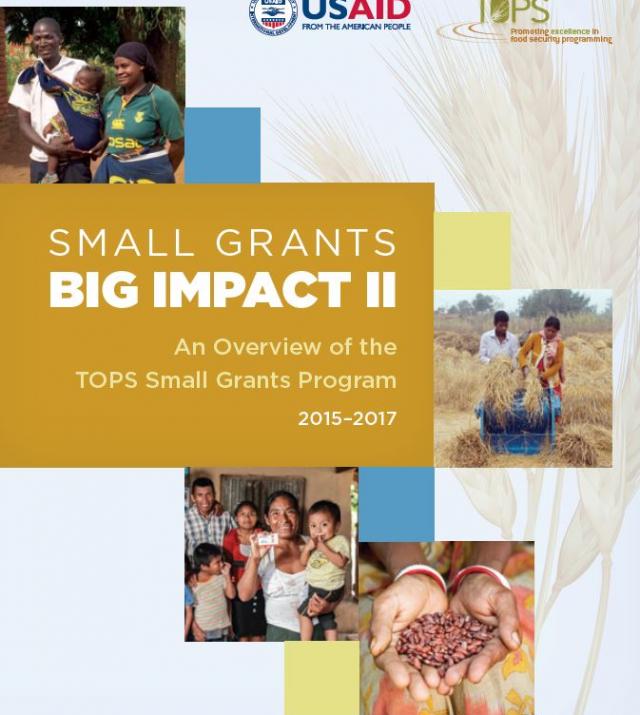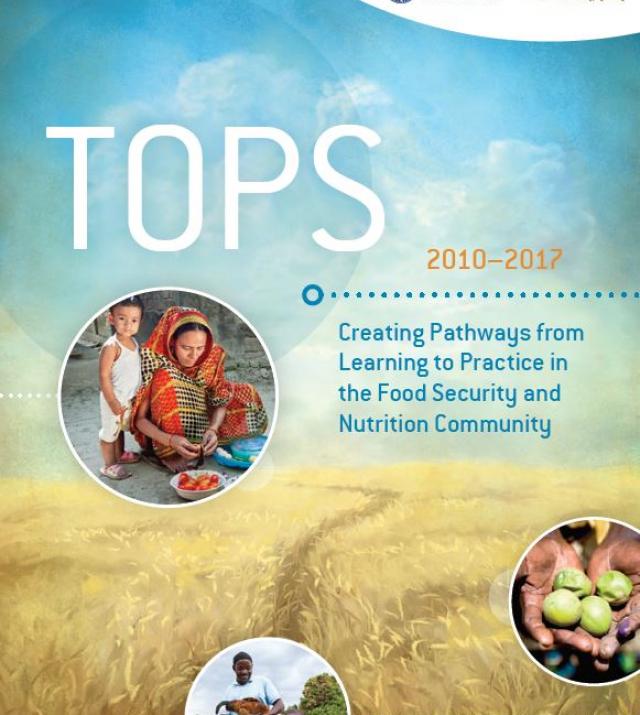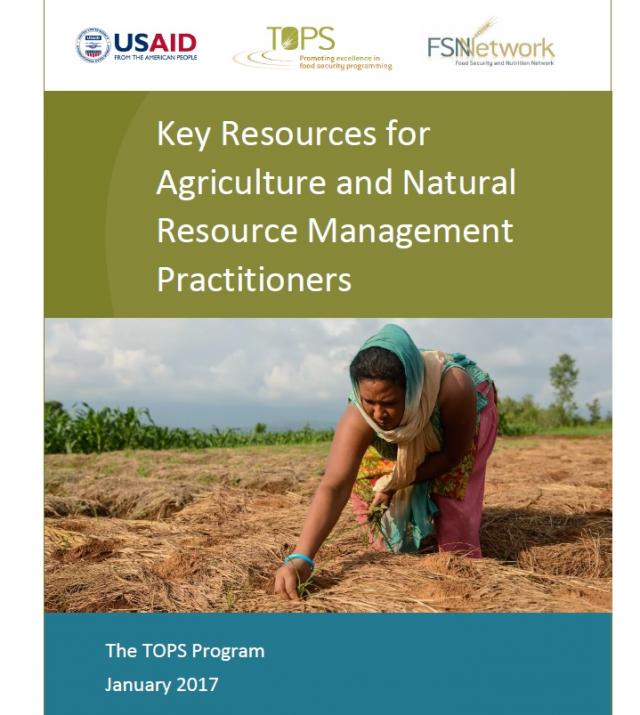
Agroecological Risk and Resilience Screening Tool

Improving smallholder agricultural productivity holds great potential to address poverty, improve household nutrition and build resilience. At the same time, this is generally achieved through strategies which modify and intensify the utilization of natural resources. In order to ensure that increases in agricultural productivity are sustainable and do not increase vulnerability over the long term, the likely agroecological impacts of proposed strategies should be examined. This tool seeks to provide a structured approach to looking at the potential agroecological impact of agricultural interventions.
The overall goal of this screening tool is to support productivity and income generation for smallholder farmers with a long term vision towards resilience. The tool utilizes a food system perspective and agroecological principles to guide those who design and implement agriculture and food security programs through a series of inquiries into how their interventions may affect the crucial natural capital of smallholder farmers. By identifying opportunities to leverage and maximize available resources in resource scarce environments, programs may enhance the resilience of productive, sustainable agroecosystems and the households, markets and food systems which rely on them.
For Mercy Corps, resilience is defined as the capacity of communities in complex socio-ecological systems to learn, cope, adapt, and transform in the face of shocks and stresses. A resilient food system is one that has the capacity to 1) absorb or withstand external stresses or shocks, and 2) is able to adapt to and recover from the effects of these stressors or shocks. Applying a resilience lens to food system analysis and programming requires that we pay particular attention to the interactions between key components or subsystems - recognizing that shocks, stressors, and even interventions themselves that impact one part of the food system can have additional impacts or unintended consequences on other system components, and potentially, the entire system. By utilizing this tool, program designers and implementers both in the field and at headquarters will be able to better identify options for food security and agriculture programming that build resilience and avoid harm to smallholder farm systems.

